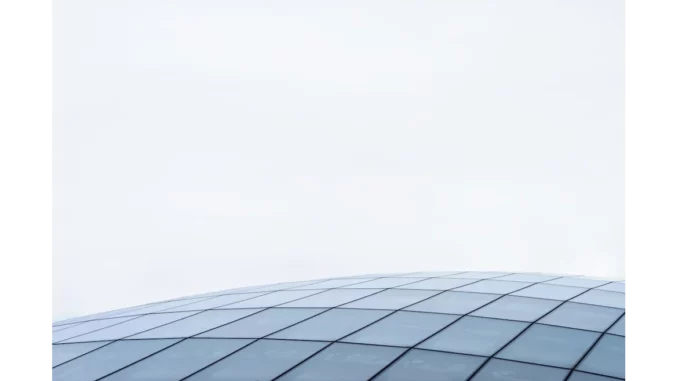
When I sat down with Amanda Grayson, a seasoned architect with over two decades of experience in commercial property development, I was eager to explore the intersection of architecture and renewable energy. Amanda has been at the forefront of integrating sustainable solutions into building designs, a practice that has become increasingly central in her field. Our conversation was enlightening, especially as we delved into how commercial property developers and architects are turning to solar energy to meet green building certifications like BREEAM.
Successful low-energy building design hinges on careful planning. Focus360 Energy can help.
Amanda began by describing the shift in the architectural landscape over the past few years. “It’s incredible to see how far we’ve come,” she remarked, her enthusiasm palpable. “There was a time when solar panels were simply an add-on, a sort of ‘nice to have’ feature. But now, they’re integral to our design strategies, especially when aiming for certifications like BREEAM.”
BREEAM, which stands for Building Research Establishment Environmental Assessment Method, is a leading sustainability assessment method for master planning projects, infrastructure, and buildings. It recognises and reflects the value in higher performing assets across the built environment lifecycle, from new construction to in-use and refurbishment. Achieving a high BREEAM rating can significantly boost a building’s marketability and appeal to eco-conscious investors and tenants alike.
“The demand for green buildings is soaring,” Amanda explained. “Investors today are more environmentally aware and are looking for properties that align with their values. Solar panels are a clear indicator that a building is committed to sustainability.”
Amanda shared an anecdote about a recent project her firm completed, a sprawling commercial complex in the heart of Birmingham. “We knew from the outset that we wanted this development to be a beacon of sustainability,” she said. “Incorporating solar panels was a no-brainer. They not only helped us achieve a high BREEAM rating but also offered tangible benefits in terms of energy savings and reduced carbon emissions.”
She outlined the process her team followed to integrate solar solutions into their projects. “It’s all about collaboration,” Amanda noted. “We work closely with solar energy experts to assess the site’s potential. Factors like roof orientation, shading, and local climate conditions are crucial. Once we have the data, we can design the building to maximise solar efficiency.”
One of the most compelling aspects of solar panels, Amanda highlighted, is their versatility. “They’re not just for roofs anymore,” she said. “We’ve been incorporating them into facades, canopies, and even as part of the building’s shading systems. It’s about using every available surface to harness solar energy.”
I asked Amanda about the challenges of integrating solar panels into commercial buildings. “There are always hurdles,” she admitted. “Initial costs can be high, and there are regulatory hoops to jump through. But the long-term benefits far outweigh these challenges. Plus, there are incentives and grants available that can ease the financial burden.”
Amanda was also keen to point out the role of technology in advancing solar solutions. “The efficiency of solar panels has improved dramatically,” she said. “We’re seeing panels that can generate more power even on cloudy days, which is a game-changer for places like the UK.”
Her excitement was contagious as she described the impact of solar panels on the buildings she designs. “It’s incredibly satisfying to know that we’re creating spaces that are not only beautiful and functional but also kind to the planet,” she mused. “And it’s not just about the energy savings. It’s about setting a standard and inspiring other developers to follow suit.”
Before we concluded our conversation, I asked Amanda what she sees for the future of solar energy in commercial architecture. “I think we’re just scratching the surface,” she replied thoughtfully. “As technology continues to evolve, we’ll find even more innovative ways to integrate solar power into our buildings. The goal is to reach a point where every commercial property is not only energy-efficient but energy-generating.”
As I left our meeting, I couldn’t help but reflect on the transformative role solar panels are playing in the construction industry. Through the insights of professionals like Amanda Grayson, it’s clear that renewable energy is not just a trend but a fundamental shift in how we approach building design. By embracing solar solutions, commercial developers and architects are not only meeting today’s sustainability standards but paving the way for a brighter, greener future.
Marcia Snyder


Be the first to comment